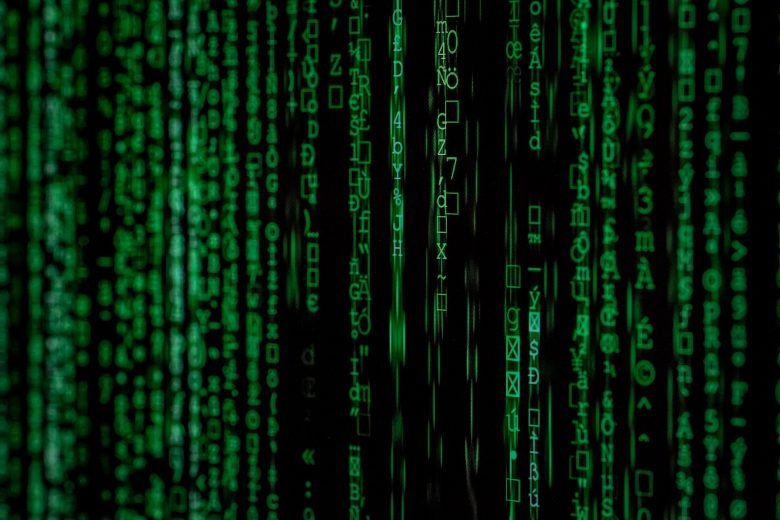Cybersecurity is a very serious matter. According to the FBI, cybercrime costs $600 billion annually. Approximately one-third of all organizations have been victims of cyberattacks in recent years. The proliferation of computing devices has resulted in an increase in cyberattacks; however, many organizations still rely on legacy cybersecurity solutions that fail to adequately protect their data and information systems. Fortunately, there is a bright spot on the horizon: artificial intelligence (AI). This article explores how AI technology can be used to enhance threat detection and response mechanisms within organizations by augmenting existing tools as well as providing new capabilities that were previously not possible with conventional solutions.
The proliferation of computing devices has resulted in an increase in cyberattacks
One of the biggest challenges faced by cybersecurity professionals is keeping up with the growing number of devices connected to the internet. As more devices become connected, there are more opportunities for cyberattacks. The increase in the number of connected devices also means that there are more vulnerable targets for attackers to target–and this is especially true when it comes to IoT systems, which often have weak security measures because they’re designed for convenience rather than security.
The proliferation of computing devices has resulted in an increase in cyberattacks: from 2014-2015 alone, reported incidents increased by 38%. To make matters worse, many organizations don’t even realize they’ve been attacked until months or even years after their data has been compromised!
Read Also: Is Using ChatGPT To Rewrite Text Considered Plagiarism?
AI can be used to augment and enhance existing cybersecurity tools
Artificial intelligence can be used to augment and enhance existing cybersecurity tools. For example, AI can help with threat detection by scanning large amounts of data faster than humans can do themselves. Systems that use machine learning algorithms can learn from experiences and apply this knowledge to new situations, improving their effectiveness over time. AI also has the potential to automate some tasks that are currently manual or require extensive human labor, such as network monitoring or logging activity logs for security events.
There are many different types of AI, including machine learning, deep learning and natural language processing. These terms often get used interchangeably by people who aren’t familiar with them, but they have very specific meanings. Machine learning refers to algorithms that can learn from data without being explicitly programmed; they use statistical analysis to identify patterns in large amounts of data and make predictions based on those patterns.
Read Also: Chatgot : How This AI Chat Assistant is Modifying Everything
AI provides a more holistic view of the threats faced by organizations
Artificial intelligence (AI) can be used to augment and enhance existing cybersecurity tools. For example, AI can be used to better protect cloud applications by monitoring for suspicious activity in real time and flagging it for human review. The data that is gathered by AI systems can be leveraged by humans to detect security threats that they may have otherwise missed, such as zero-day attacks or other evasive malware.
Apart from these, now a days artificial intelligence also plays an crucial role in digital marketing companies.
Although these features are already being implemented in some organizations’ security frameworks today, there are still limitations on how much an organization can rely on AI-based solutions alone–or whether they should at all.
AI can be used to better protect cloud applications
In a cloud environment, the use of AI can help ensure that compromised applications are detected and removed in real time. The ability to identify threats quickly and efficiently is critical for protecting your organization’s data from unauthorized access or theft.
AI also helps organizations better manage their environments by automating routine tasks such as patching, backup and recovery plans and compliance reporting. This frees up IT staff members’ time, so they can focus on more strategic initiatives like new AI development or enhancing customer experience through personalized service offerings.
According to bigdatasupplyinc.com, a R2 certified recycling company, using AI to enhance security is a win-win for both IT and the business. While it automates many tasks, it also provides an additional layer of protection by identifying new threats as they emerge. This helps organizations stay ahead of hackers and other cybercriminals, who are constantly looking for new ways to penetrate defenses.
Read Also: Top Character.AI Alternatives Without NSFW Filter
The data that is gathered by AI systems can be leveraged by humans to detect security threats
AI systems can be used to collect and analyze data that humans might miss. With the help of AI, security teams can detect threats that are not visible to the human eye or may be invisible. The data that is gathered by these systems can then be leveraged by humans to identify new threats that were previously unknown or undetected by traditional cybersecurity solutions.
By using artificial intelligence (AI), organizations will be able to:
- Detect threats in real time while they are happening.
- Identify new attacks that have never been seen before.
- Detect anomalies in network traffic patterns before they turn into problems.
- Automatically identify malicious activity on endpoints without relying on signatures or heuristics.
- Leverage cloud-based machine learning models for faster incident response times
Machine learning can be used to scan large volumes of data faster and more accurately than humans
The use of machine learning in cybersecurity is one way that organizations are leveraging AI to improve their threat detection capabilities, as well as their ability to respond to threats. Data scientists have developed algorithms that use machine learning techniques such as neural networks or deep learning models (also known as artificial neural networks) to identify patterns in network traffic that may not be obvious to humans, but which indicate malicious activity on the network. These algorithms can be trained using labeled datasets containing examples of normal versus anomalous behavior, so they learn what constitutes “normal” behavior for your organization’s network traffic patterns, then use this knowledge when assessing new incoming packets at wire speed–much faster than any human could ever hope for!
Read Also: How To Use Beta Character AI For Artificial Chats (A Complete Guide)
Artificial intelligence could transform how we think about cybersecurity risks and responses
AI can be used to augment and enhance existing cybersecurity tools, providing a more holistic view of the threats faced by organizations. For example, AI can be used to better protect cloud applications that are at risk from both internal and external threats. The data that is gathered by AI systems can also be leveraged by humans in order to detect security threats before they materialize into actual damage or loss of data.
Conclusion
Artificial intelligence is poised to transform the way we think about cybersecurity risks and responses. By using machine learning algorithms, organizations can better protect themselves from cyberattacks, while still allowing humans to play an important role in decision-making processes. This means that AI systems could help us detect security threats faster than ever before, without requiring significant changes to existing systems or processes.




Leave a Reply